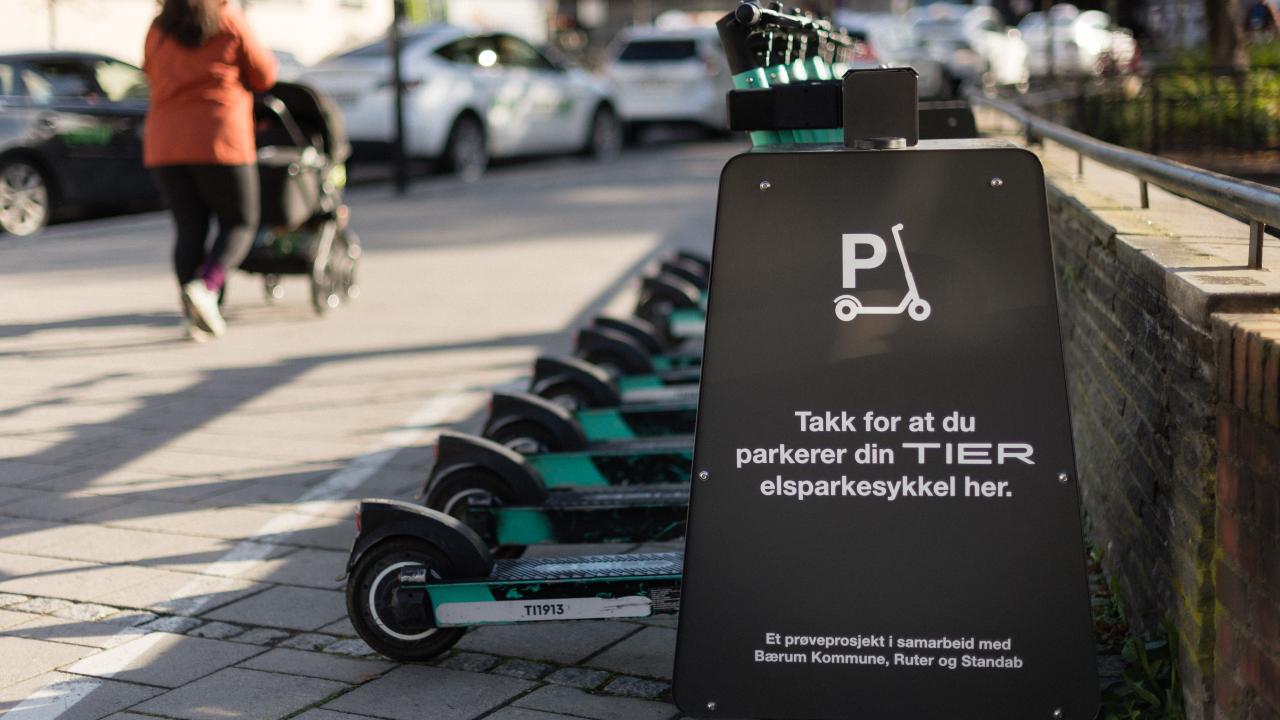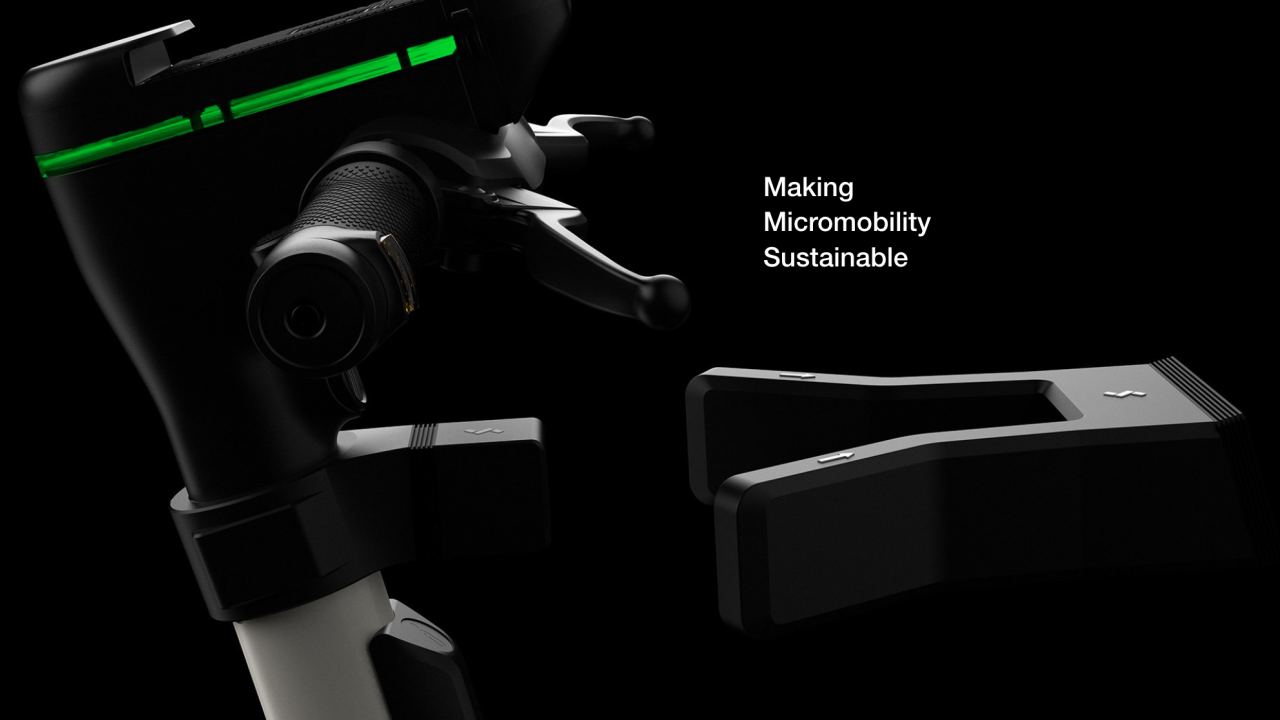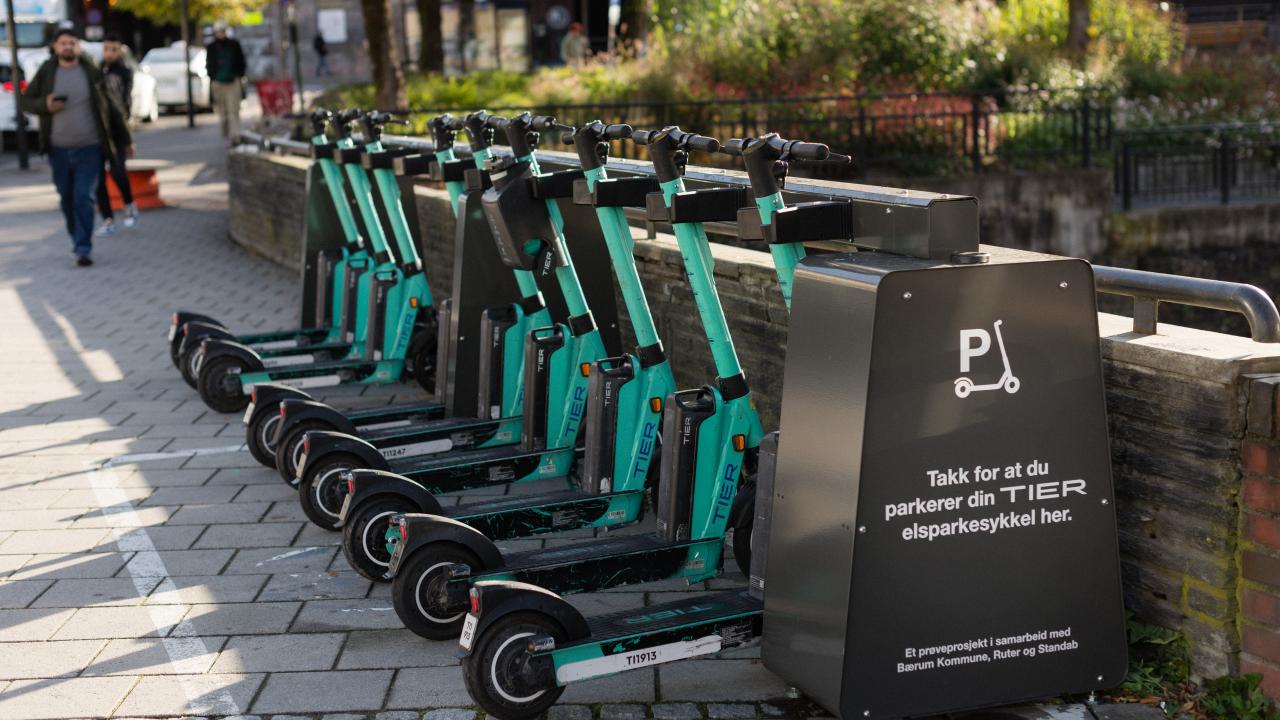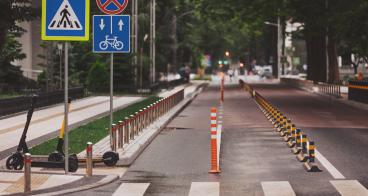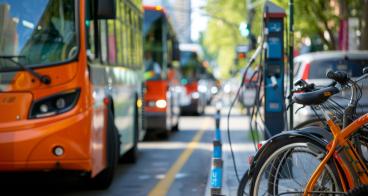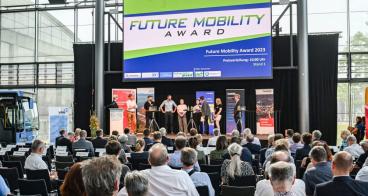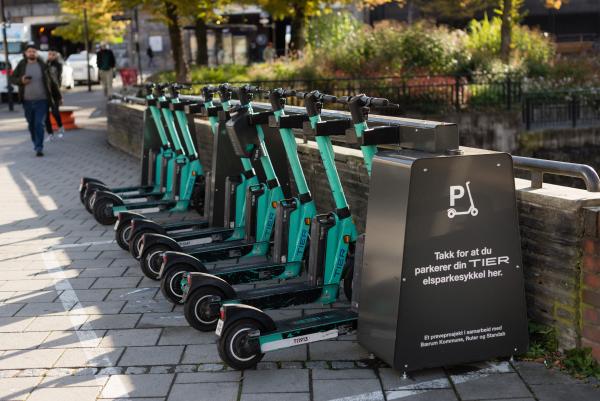
Standab
A Charging-as-a-Service solution that improves operations and enhances the parking experience.
Supported by: EIT Urban Mobility
Product Details
Standab bridges the gap in parking infrastructure between cities and micromobility operators with an innovative, industry-backed Charging-as-a-Service (CaaS) solution. Seamlessly integrating into urban environments, it enables reliable parking and charging for e-scooters and e-bikes at designated locations. By combining charging functionality with optimised parking, Standab streamlines operations, reducing inefficiencies like battery swaps and downtime while enhancing the user experience for both riders and communities.
Cities benefit from better-managed shared mobility programmes, less clutter, and improved public space accessibility. For micromobility operators, Standab offers a scalable, efficient solution to manage fleets, extend battery life, and maximise uptime. Its flexible, compatible model adapts to the unique needs of cities and operators, playing a vital role in advancing sustainable urban mobility and fostering collaboration between public and private stakeholders.
Availability
Discover cities and markets where the product is available



